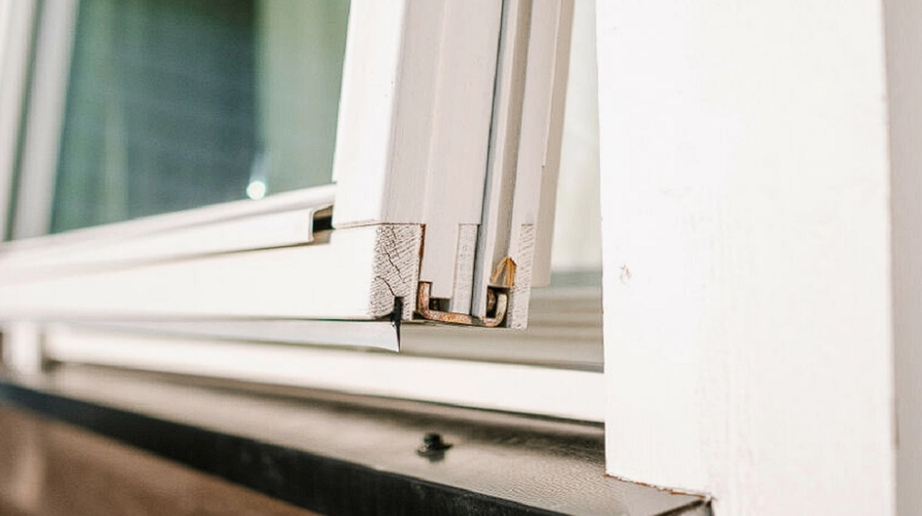Sleep quality is a cornerstone of overall health, yet many individuals struggle with restlessness and fatigue despite adhering to recommended sleep durations. Emerging research suggests that indoor air quality, particularly elevated carbon dioxide (CO₂) levels in poorly ventilated bedrooms, may significantly impact sleep quality.
Understanding CO₂ Accumulation in Enclosed Spaces
Carbon dioxide is a natural byproduct of human respiration. In confined spaces with limited ventilation, such as closed bedrooms, CO₂ can accumulate rapidly. Studies have shown that CO₂ concentrations can rise from a baseline of approximately 400 parts per million (ppm) to levels exceeding 1,000 ppm within a few hours of occupancy. This accumulation is exacerbated in smaller rooms or those shared by multiple occupants.

For instance, a field intervention study involving 40 bedrooms demonstrated that opening windows and doors significantly reduced CO₂ concentrations, volatile organic compounds (VOCs), and particulate matter (PM₁₀), thereby improving perceived air quality.
Health Implications of Elevated CO₂ Levels
While CO₂ is non-toxic at typical indoor concentrations, elevated levels can have physiological and cognitive effects. Research indicates that CO₂ concentrations above 1,000 ppm may impair cognitive performance, including decision-making and problem-solving abilities.
Moreover, higher CO₂ levels can lead to symptoms such as headaches, dizziness, and increased heart rate. These effects are particularly concerning during sleep, as the body’s ability to regulate and respond to environmental changes is diminished.
Expert Insights on Ventilation and Sleep
Dr. Eric Berg, a health educator, emphasizes the importance of adequate ventilation during sleep. In a video shared on social media, Dr. Berg explains that closed windows can lead to decreased oxygen levels and increased CO₂ concentrations, negatively affecting sleep quality. He suggests that introducing houseplants or opening windows can enhance oxygen availability and reduce CO₂ buildup, thereby promoting better sleep.
Strategies to Improve Bedroom Air Quality
To mitigate the effects of elevated CO₂ levels and enhance sleep quality, consider the following strategies:

- Ventilation: Regularly open windows and doors to facilitate air exchange.
- Houseplants: Incorporate indoor plants known for air-purifying qualities, such as snake plants or peace lilies.
- Air Purifiers: Utilize air purifiers equipped with HEPA filters to remove airborne contaminants.
- CO₂ Monitors: Install CO₂ detectors to monitor indoor air quality and identify when ventilation is needed.
- HVAC Maintenance: Ensure heating, ventilation, and air conditioning systems are well-maintained and equipped with clean filters.
The quality of indoor air, particularly CO₂ concentrations, plays a crucial role in sleep health. By implementing strategies to improve ventilation and monitor air quality, individuals can create a sleep environment conducive to restorative rest. As research continues to elucidate the relationship between indoor air quality and sleep, prioritizing ventilation may prove to be a simple yet effective approach to enhancing overall well-being.
Note: This information is intended for educational purposes and should not replace professional medical advice. Always consult with a healthcare provider for personalized guidance.

















